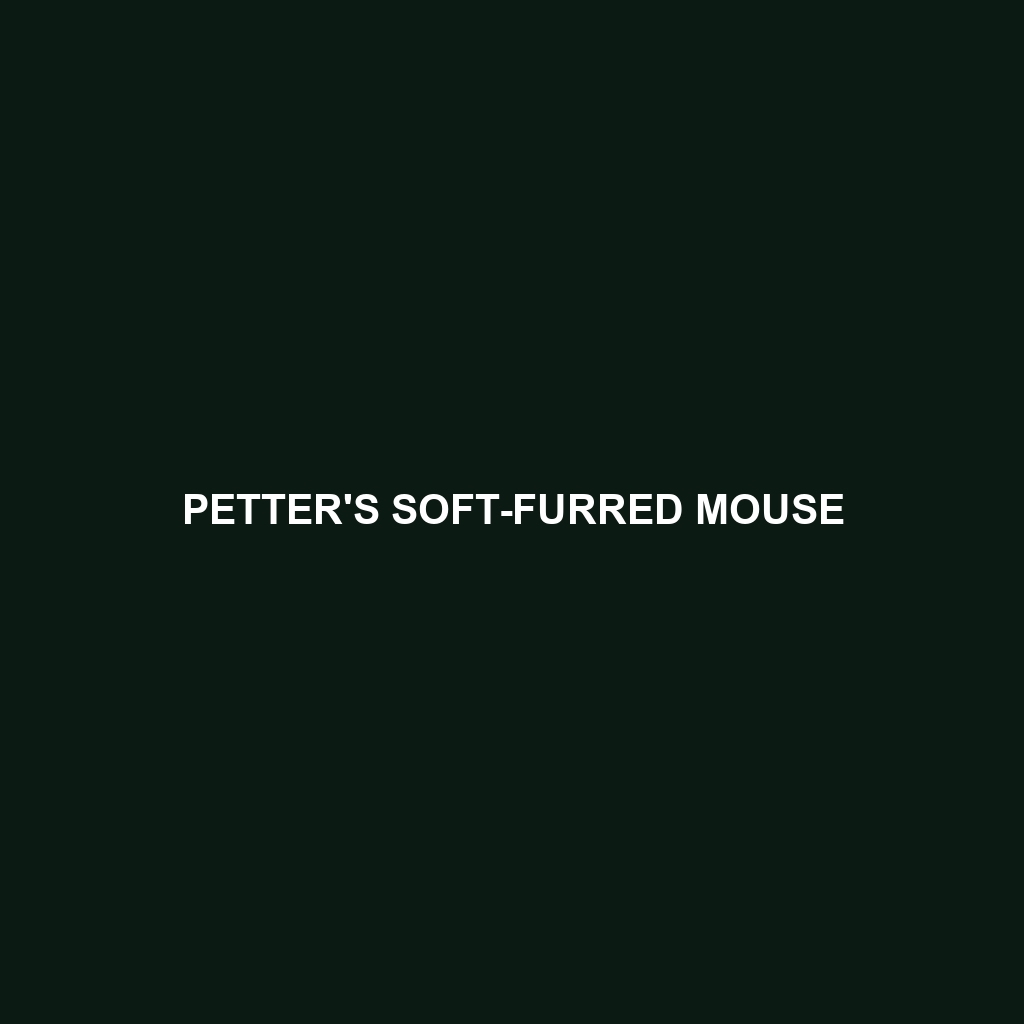Sibuyan White-toothed Shrew
Common Name: Sibuyan White-toothed Shrew
Scientific Name: Crocidura sibuyana
Habitat
The Sibuyan White-toothed Shrew, native to the tropical and subtropical forests of the Sibuyan Island in the Philippines, primarily inhabits dense foliage and understory regions. This elusive mammal is typically found in mountainous terrain and lush vegetation, thriving in humid environments that provide ample cover and moisture.
Physical Characteristics
The Sibuyan White-toothed Shrew is characterized by its small size, typically measuring around 10 to 15 centimeters in length, excluding its tail. Its fur is soft and dense, displaying a coloration that ranges from light brown to grayish tones, with a distinctive white lower jaw and a pointed snout. The shrew’s elongated body, short limbs, and tiny eyes are typical of the Crocidura genus, enabling it to navigate its forest habitat effectively.
Behavior
This species exhibits crepuscular and nocturnal behaviors, becoming active during dawn and dusk. The Sibuyan White-toothed Shrew is known for its high metabolic rate and is often seen foraging for insects and other small invertebrates. Its keen sense of smell allows it to navigate in leaf litter and tight spaces, where it searches for food. Social interactions can be territorial, with males defending their foraging areas vigorously.
Diet
Primarily insectivorous, the Sibuyan White-toothed Shrew consumes a diet rich in worms, beetles, and other invertebrates. They may also feed on small vertebrates and plant matter occasionally. Their role as a predator helps to maintain the insect population within their habitat, making them an integral part of the ecosystem’s dynamic feeding relationships.
Reproduction
The breeding season for the Sibuyan White-toothed Shrew typically occurs during the warmer months, with females capable of giving birth to litters of up to four offspring. The gestation period lasts about three weeks. Young shrews are born blind and develop rapidly, becoming independent within a month. Parental care is limited, with mothers actively foraging for food to nourish their young.
Conservation Status
The Sibuyan White-toothed Shrew is currently classified as Vulnerable according to the International Union for Conservation of Nature (IUCN) due to habitat loss and environmental degradation. Conservation efforts are crucial to protect this unique species and its natural habitat from deforestation and human encroachment.
Interesting Facts
– The Sibuyan White-toothed Shrew is known for its fast reflexes, which help it evade predators like birds of prey.
– This shrew plays a vital role in the seed dispersal of specific plants through its foraging activities, indirectly aiding forest regeneration.
Role in Ecosystem
As an insectivore, the Sibuyan White-toothed Shrew holds a significant role in controlling insect populations. Additionally, its presence contributes to nutrient cycling within its habitat, as it helps to break down organic matter through its feeding habits. The species also serves as prey for larger animals, establishing itself as a critical component of the local food web.
